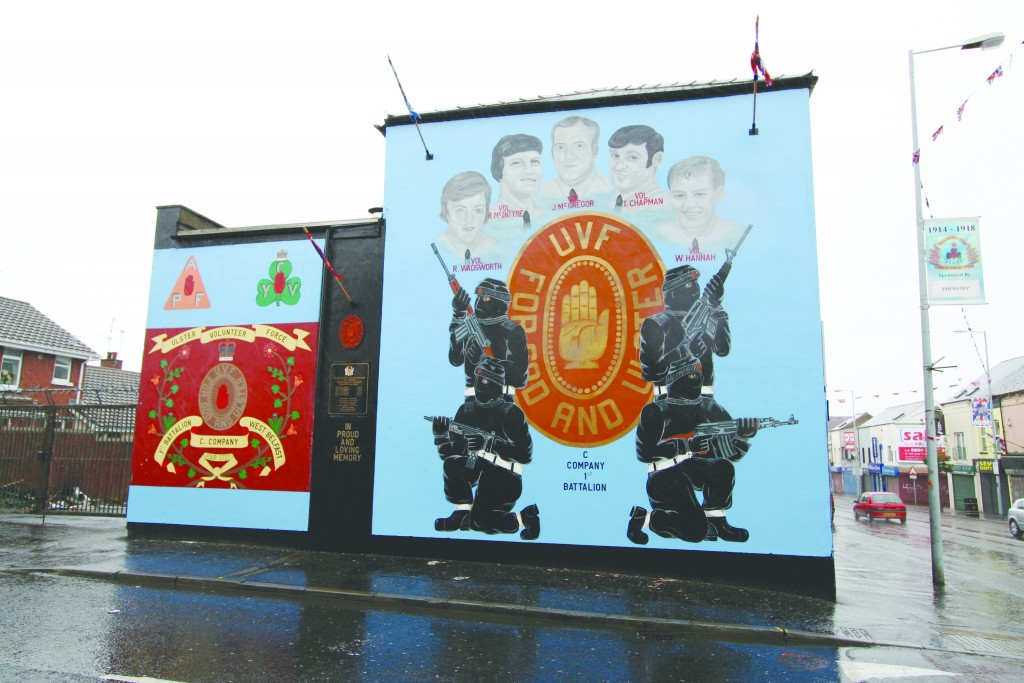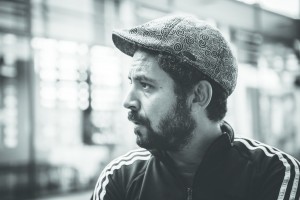
It can be difficult to accurately gauge the temperament of a nation or group of people, and while we often rely on numerical data to guide us to a reasonable point of understanding, Benjamin Disraeli’s assertion that there are lies, damned lies, and statistics carries more meaning than it might otherwise suggest. Humans express emotions through emotional mediums, finding comfort and meaning in words, drawings and other creative media. Arguably, one of the most impassioned reflections of social attitudes can be found in graffiti, and humans have been practicing the art for millennia.
It has been effective, too, allowing people to spread political messages, express frustration and create art through an almost entirely uninhibited medium. But it is also wonderfully insightful for those who study it. Take, for example, the runes inscribed by a Norse mercenary in the Hagia Sophia in Istanbul; not only does this simple scribble — “Halfdan was here” — indicate the range of Viking influence and reach, but allows for a tantalizing glance into the everyday life of someone who lived through that tumultuous era. Halfdan may not have been the most inspired tagger, but provocative and political graffiti — such as the works of individuals like Banksy — carry a different weight and message. Uncompromising and proudly so, such artwork is among the most uncensored demonstrations of thought that society produces. Look no further than the powerful – and often horrifying – graffiti art plastered across gable end walls of Belfast in Northern Ireland, hammering home messages in a way that no news report could ever hope to achieve.

But graffiti carries a stigma, and with that stigma comes the asserted right of councils and government agencies to erase and restrict its place in the public eye. Citing vandalism, graffiti rarely lasts long unless placed in an undesirable or difficult-to-reach location, causing those who wish to practice the art to head further underground. Not only does this cause a significant health and safety risk for those involved – individuals who actively seek the challenge being a different matter – but limits the opportunity for expression, and that is a problem. For if the words are political commentaries that challenge those in power, as they often are, erasing those words amounts to censorship, which is very dangerous indeed.
Ammar Abo Bakr is a fine art professor and graffiti artist from Cairo. “I liked how the walls were like a newspaper,” he explained. “People wrote things like, ‘Don’t go down this street, there are thugs down here.’” But Bakr comes from a land of turmoil, and during the dark days of revolution in 2011, he took graffiti as a means of political protest to a whole new level. And that is because Bakr’s commentary was hard-hitting while also managing to be thoughtful and inoffensive, a particularly tricky combination for disgruntled politicos to challenge. But challenge they did, and down came the artwork. Undeterred, Bakr and his fellow artists upped their production, getting to a point where they were painting live as protests and events unfolded around them. The message was simple, and Bakr wrote it out for everyone to see, “Erase even more, you cowardly regime. Erase and I will draw again.”
Bakr may not have caused the downfall of the Mubarak government, but his graffiti was an influential part of what happened on the streets. And given that the Mubarak regime had been in power in Egypt for 29 brutal years, it does make you pause and consider just how influential graffiti really is, and why those in power find it such a threat.


